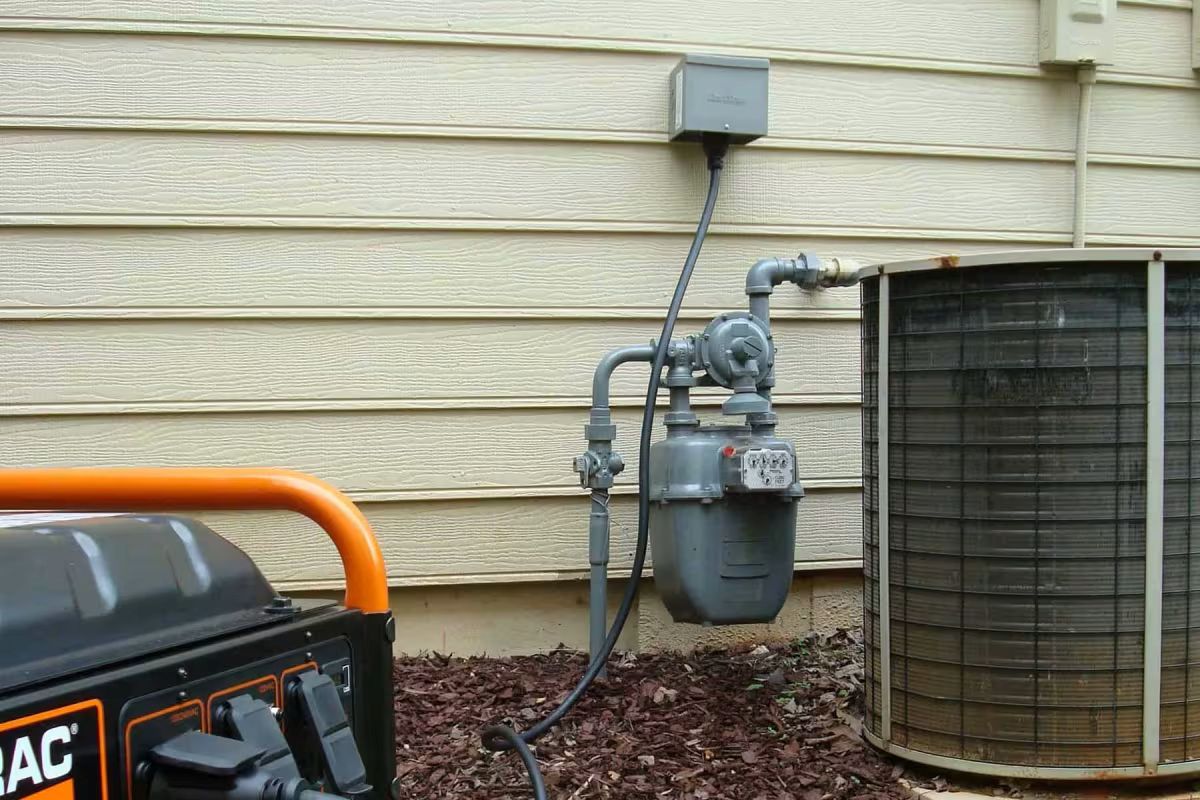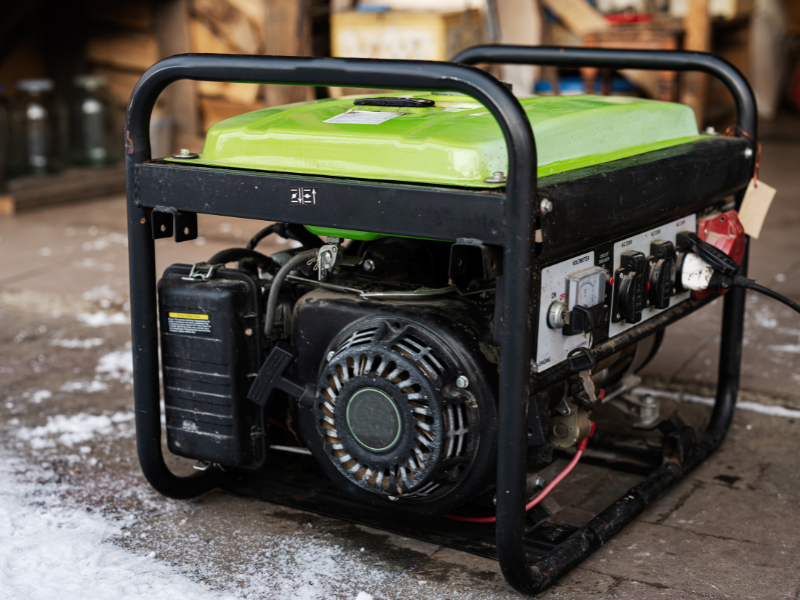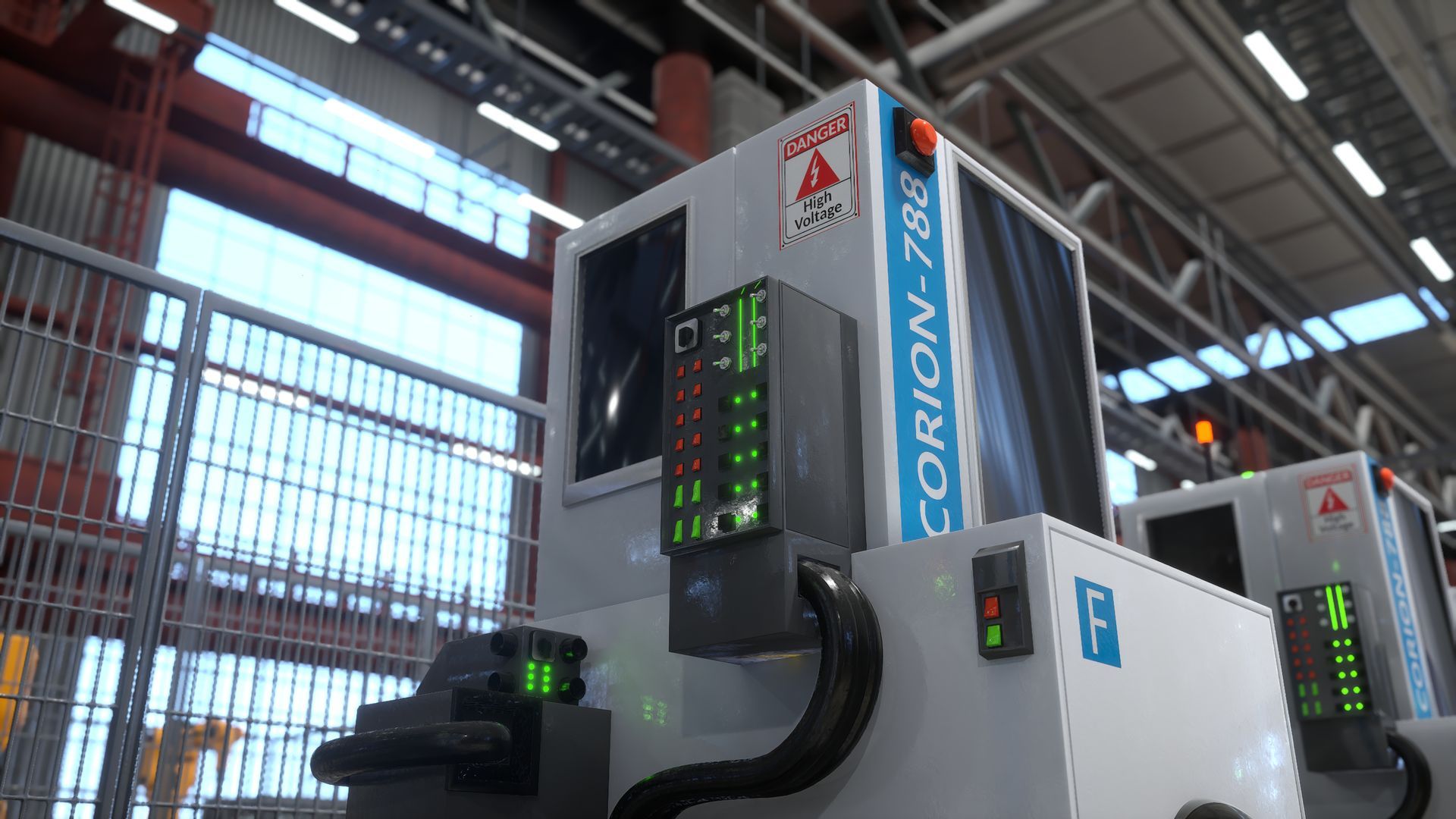What Is Electrical Resistance and Why Does It Matter in Circuits
Electrical circuits power almost everything in modern life, but understanding how they work requires an understanding of resistance. A trusted electrician contractor relies on resistance principles daily to design safe and efficient electrical systems. Resistance controls how electricity flows through wires and components, affecting everything from power consumption to safety. This guide breaks down what resistance is, how it works, and why it's critical for circuit performance. You'll learn the key factors that affect resistance and how professionals use this knowledge in real-world applications.
Understanding Electrical Resistance
Electrical resistance slows down the flow of electric current in a circuit. We measure it in ohms (Ω), and this value depends on three factors: the type of conductor, its length, and its thickness. Ohm's Law illustrates this relationship with the formula V = I × R, where voltage (V) equals current (I) multiplied by resistance (R). In circuits, we intentionally add components, such as resistors, to control current flow. Resistance is important because it determines how much energy turns into heat. By adjusting resistance, we can control current flow to keep electrical devices running safely and efficiently.
Factors Affecting Resistance
Several factors change the amount of resistance in an electrical circuit. The material matters most; some materials naturally resist electron flow more than others. Materials with high resistivity create more resistance. The conductor's length also plays a big role; longer conductors create more resistance because electrons travel farther and collide more often. The conductor's thickness works the opposite way; a thicker conductor has less resistance because more electrons can flow through at once. These factors are crucial in designing circuits that function effectively and utilize energy efficiently.
Impact on Current Flow
Resistance directly affects how current moves through an electrical circuit. It acts like a roadblock, reducing current intensity as electricity passes through components. In a series circuit, the total resistance affects all the current flowing through, as per Ohm's Law (I = V/R). More resistance means less current, which in turn affects the circuit's performance. Understanding how resistance and current interact is crucial for designing circuits with optimal current levels. It also makes sure components operate within their limits. Managing resistance properly helps optimize current flow and enhance the circuit's performance.
Relationship to Voltage and Power
Voltage and current connect through resistance in predictable ways. According to Ohm's Law (V = I × R), voltage is directly proportional to the current flowing through a circuit. When resistance increases but voltage remains constant, the current decreases. This relationship affects power (P) in a circuit, as power equals voltage times current (P = V × I). If resistance increases, either the voltage or the current must increase to maintain the same power level. Understanding these connections helps with circuit analysis and design. It enables us to calculate the power consumption of components and ensures circuits operate efficiently without overloading parts.
Role in Circuit Design
Resistance plays a major role in how well circuits perform. When designing circuits, selecting components with the correct resistance values is essential for achieving the desired results. Resistance affects current flow, which in turn influences voltage levels and the amount of power used. By carefully selecting resistance values for components such as resistors and wires, designers can control the current in various parts of the circuit. This prevents overheating and ensures smooth operation. Resistance also impacts signal quality and noise levels, affecting the output. Understanding how resistance works in circuit design is crucial for building reliable electronic systems.
Practical Applications and Examples
We can utilize resistance in numerous practical ways once we understand how it functions. By adjusting the resistance, we control the current flow and ensure the safety of components. Here are some real examples:
- LED circuits use resistors to protect the diode by limiting current
- Dimmer switches utilize variable resistors to adjust resistance and control the brightness of lights.
- Thermostats rely on thermistors, which change resistance based on temperature, for precise control.
- Electric vehicles use power resistors to manage energy during braking, turning motion into heat.
- Circuit protection relies on fuses that interrupt current flow when resistance becomes too high, thereby protecting components from damage.
Understanding resistance enables us to design circuits that operate reliably and utilize energy efficiently.
Related Topics:










